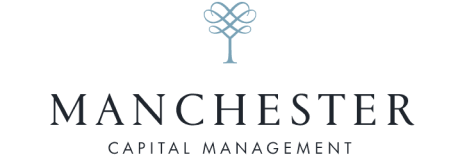
Mitigating tax liabilities can be far more important than asset allocation
After our clients, a physician and his wife, retired and moved to a beautiful new home, we advised them to convert their IRA to a Roth IRA, a change that would involve incurring a significant one-time tax in the first year. At the time, their IRA represented 25% of their investable assets, and their future required minimum distributions would be significant and fully taxable.
Once the conversion occurred, we invested the Roth IRA in growth assets, balancing the couple’s overall asset allocation with municipal fixed income in their taxable accounts. A year and a half later, their Roth had grown to 32% of their investable assets and could be distributed, without additional income tax, to serve as a future gift to their heirs.
DISCLOSURE
The case studies described herein are intended to illustrate Manchester Capital Management’s approach to developing personalized solutions to our clients’ unique investment management problems. These examples should not be considered to be recommendations for any particular client and are not intended to demonstrate a pattern of success or guarantee positive performance. Because our recommendations are individually tailored based on each client’s individual needs, there is no guarantee that our approach to managing any client’s account will share some or all of the characteristics as the situations depicted.
Nothing contained on this website constitutes investment, legal, tax or other advice and is not to be relied on in making an investment or other decision.
START YOUR EXPERIENCE TODAY
Contact Us